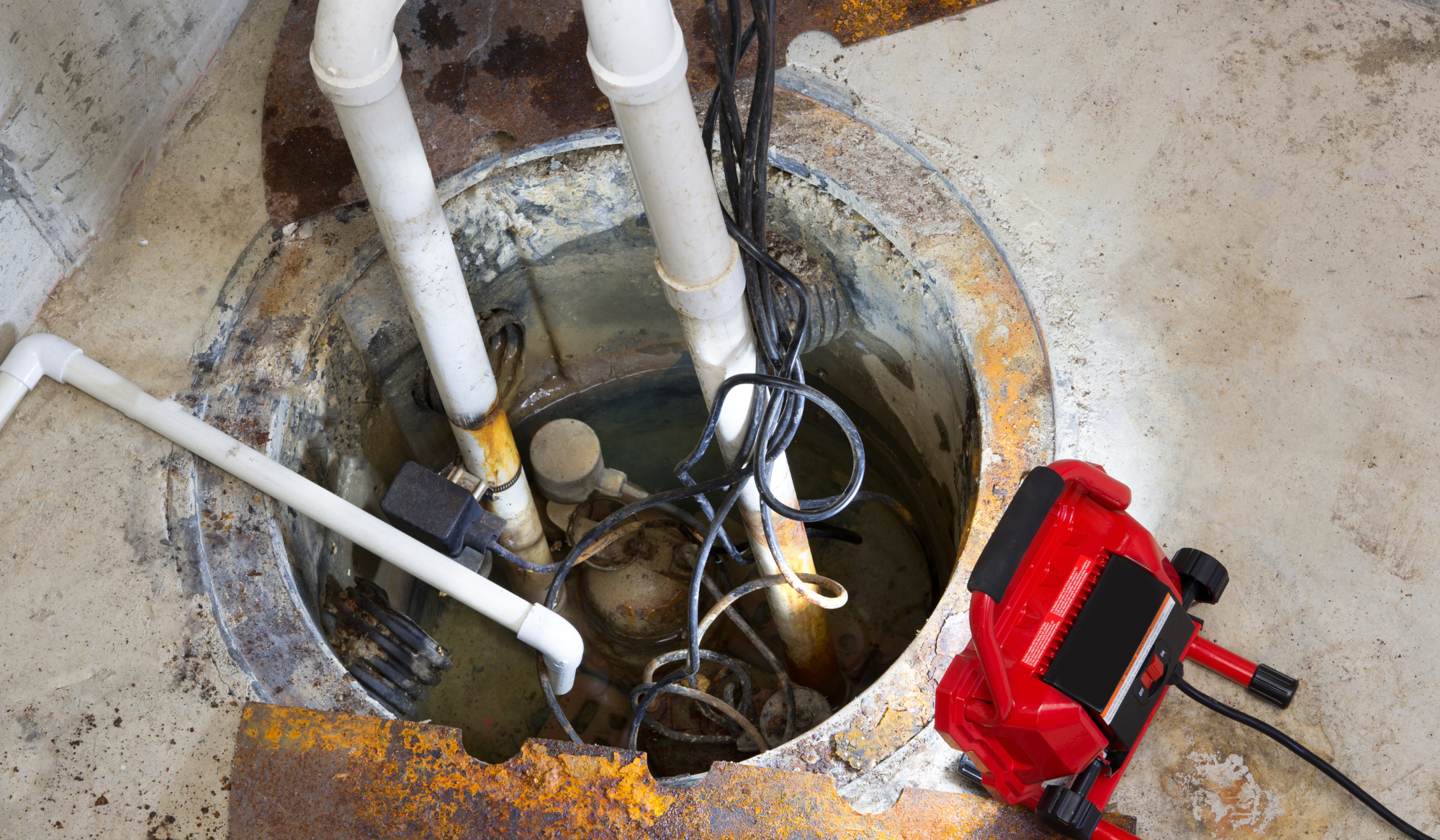Our Office: 4100 32nd Ave. S. Fargo, ND 58104
How to test a sump pump

A sump pump may be a homeowner’s first line of defense against a waterlogged basement. Making sure your sump pump works now can prevent problems later. A North Dakota State University (NDSU) video offers tips on getting sump pumps ready to handle spring and summer water. It’s available here.
How a sump pump works
Drain tile, which can be clay tile or perforated plastic pipe, collects the water that builds up around the house’s foundation and drains it into the sump. The sump is a hole about two feet in diameter that holds 15 to 25 gallons of water. When the water reaches a certain level, the sump pump turns on and lifts the water to ground level, then discharges it into a pipe that leads away from the house.
Sump pumps, available at hardware and home improvement stores, come in two basic models: upright, commonly called pedestal, and submersible. Either will work well with proper maintenance, according to Tom Scherer, an NDSU Extension Service agricultural engineer.
The pedestal pump’s motor is on top of the pedestal and the pump is at the base, which sits on the bottom of the sump. The motor should not get wet. A ball float turns the pump on and off. One advantage of this type of pump is that the on/off switch is visible, so you can see the ball float’s action easily, Scherer says.
Submersible pumps are designed to be submerged in water and sit on the bottom of the sump. The on/ off switch is attached to the pump. A sealed mercury switch generally is more reliable than a pressure switch, Scherer says.
Either type of pump should have a check valve on the water discharge pipe so water doesn’t flow back into the sump when the pump shuts off. Water flowing back into the sump can cause the pump to turn on and off more frequently than necessary, which decreases the life of the pump.
Homeowners should consider having a battery-powered backup sump pump with fully charged batteries in case of a power outage, Scherer says.
How to test a pump
To test whether the pump is operating properly:
- Make sure the pump is plugged in.
- Remove the sump’s lid, if it has one, and use a flashlight to see whether the sump is clean and the pump outlet isn’t plugged.
- Slowly pour about five gallons of water into the sump at the same speed that water normally would flow into the sump.
- Watch the on/off switch’s action and listen to the pump.
- Make the pump turn on and off at least twice.
“If something doesn’t work right, fix it as soon as possible,” Scherer advises.
A number of factors, including the area of drainage connected to the sump and the depth of the basement, determine the right size sump pump for a house.
However, a one-third horsepower pump generally works for most houses, he says.
Homeowners should not pump the water into their septic system or basement floor drain. Scherer says homeowners should discharge sump water at least 20 feet from their home in a way that the water will drain away from the house.
For more information about sump pumps, visit the NDSU Extension Service website.
